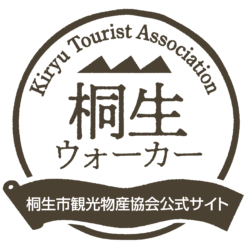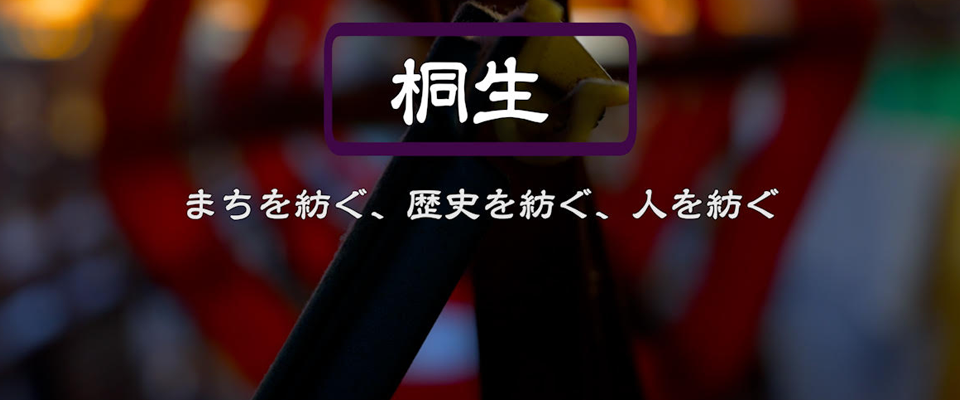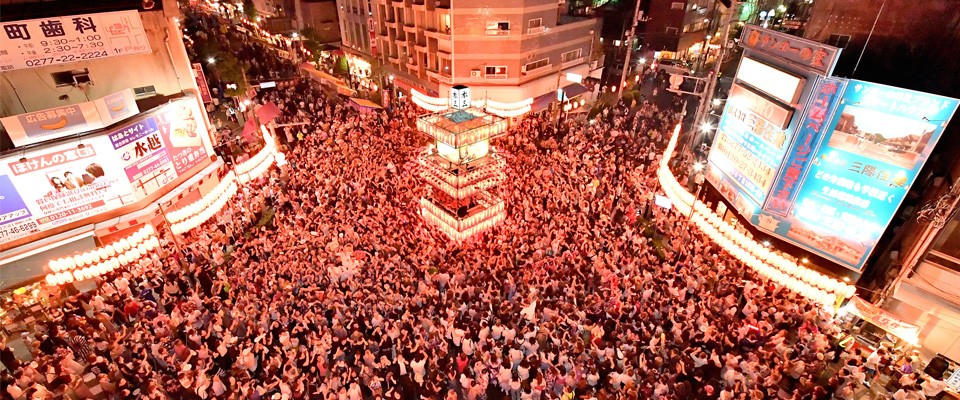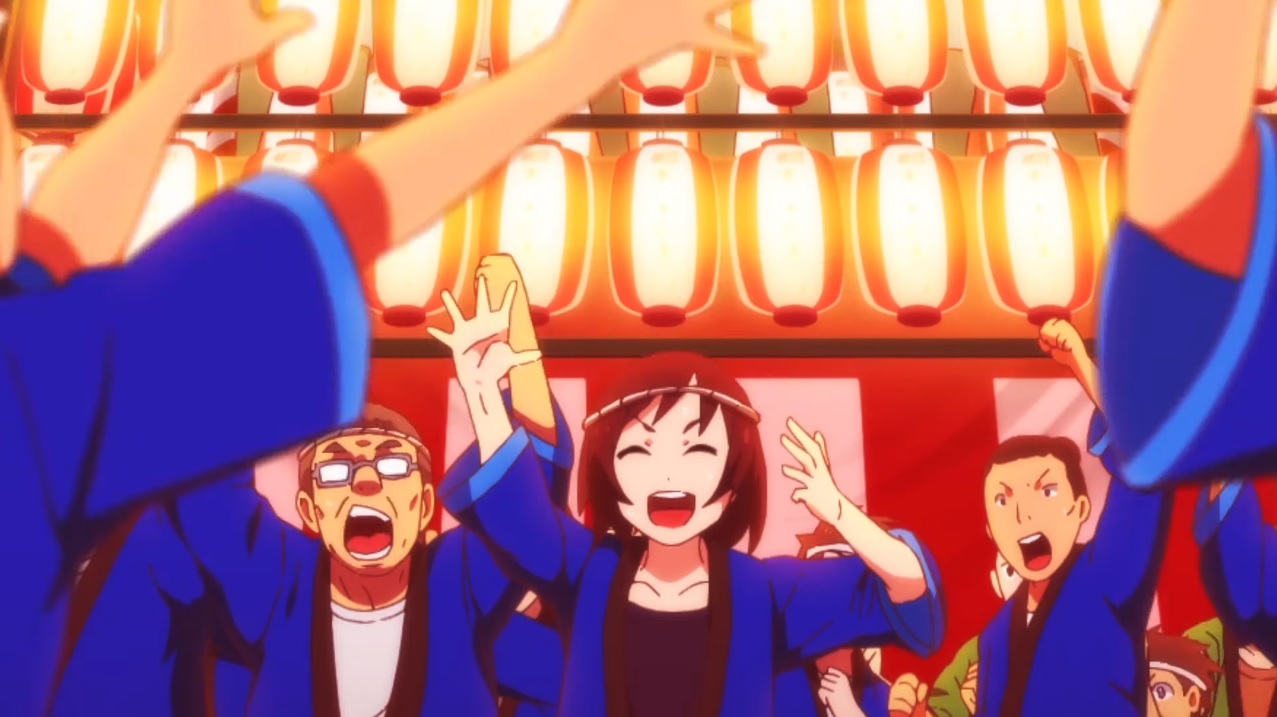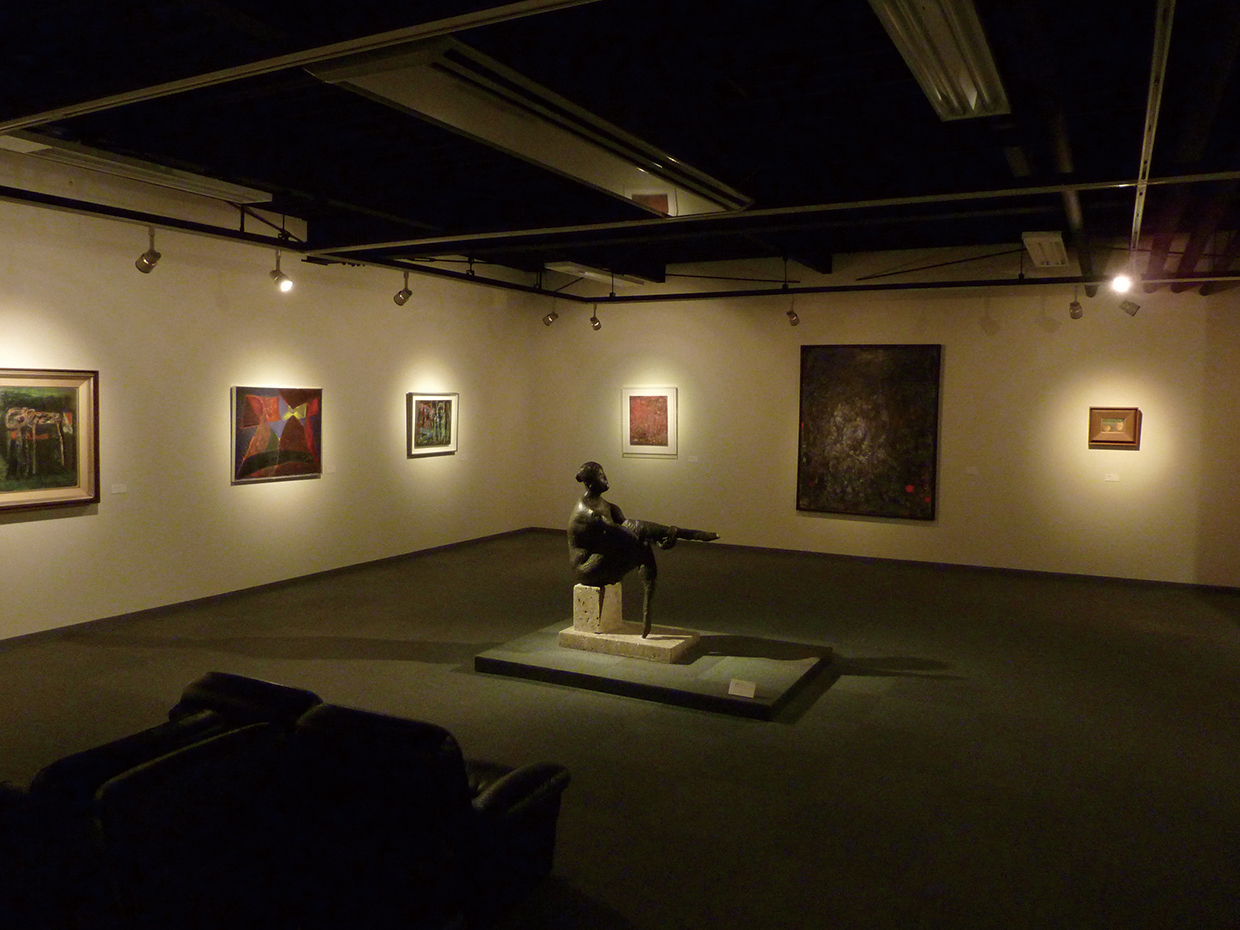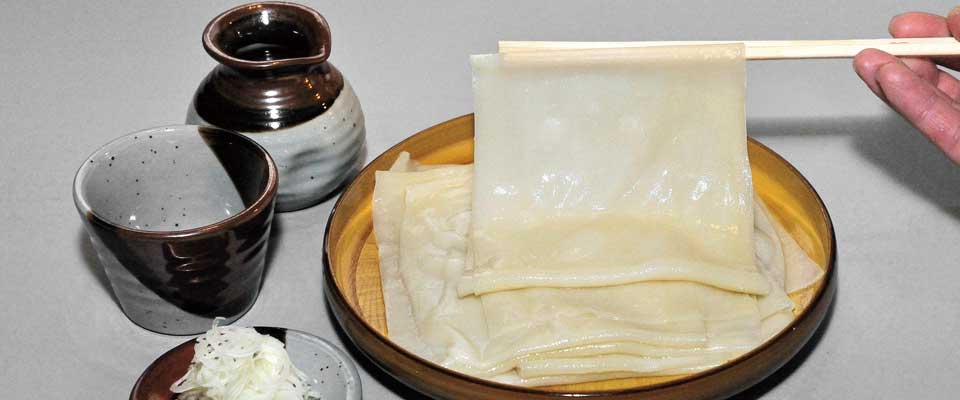Many members of the Kiryu City Product Promotion Association will exhibit and sell various products and will display and sell special products of Hitachi City, Ibaraki Prefecture and Naruto City, Tokushima Prefecture, which are domestic friendly cities. Products from the neighboring Midori City will also be exhibited. Furthermore, as a project following the previous one, special sales of national specialty products such as “Masuno Sushi” in Toyama Prefecture and “Oyster Oil Pickled in Olive Oil” in Ishinomaki City in Miyagi Prefecture, which dispatches staff from Kiryu City to the affected area, were conducted. I will! During the product festival, events such as free distribution of old-fashioned pons and free rides …
Continue reading ““The 35th Kiryu City Product Festival” is held !!”
The 22nd episode of the manga “Kiryu Apprentice Lives with Kiryu’s Spirit (Mitama)” based on Kiryu City has been released! Finally the last round! What happens to Ryu-kun, Princess Shirataki! ? Please see from Kiryu City homepage (external link).
Kiryu City and Ashikaga City cooperated to create an inbound tourist guidebook “good Luck Trip Kiryu / Ashikaga”! Download brochure
Gunma silk heritage “Silk country” Gunma’s pride heritage Kiryu is well known not only in Japan but also in the world as a town of textile. However, the silk industry needs many peripheral industries including “Sericulture”, “Silk” and “Weaving”. In order to network the buildings, facilities, entertainment etc. related to them to the area promotion, sightseeing, cultural projects etc, network to Gunma prefecture to “Gunma silk heritage” It was registered. Kiryu who was producing silk fabrics since the Nara era has a lot of silk heritage. Akagi type private houseAkagigata Minka In the architectural style in which the center of the front of the roof which is often seen at …
Continue reading “Gunma silk heritage”
Shirataki ShrineShirataki jinja A shrine that worships “Shirataki Hime” which conveyed weaving technology to Kiryu It is a shrine that worships “white basin princess” that conveyed the manufacturing technology of silk fabrics to Kiryu long ago. A Kiryu man who worked in Kyoto fell in love with Shirataki Hime. Although it was a difficult love because of the difference in status, the man was admired by showing brilliant poetry and brought White Tati to his hometown. After that, Princess Shirataki told the villagers weaving technology. In the precincts there are huge stones that can hear the sound of the loom, there is a tree of God, and at the annual …
Continue reading “Shirataki Shrine”
Textile reference museum “Yukari”Orimonosankoukan Yukari Women’s activity in the history of textiles Founded in 1877 (Meiji 10), Morihide fabric is one of the prestigious premier factories in Kiryu who succeeded in mechanizing “meek” manufacturing. During the Second World War, many other factories banned the production of high-grade fabrics and the machines were used as iron resources, but they were designated as “preserved manufacturing technology preservation factories”, preserved technology and postwar period It contributed to reconstruction. And in 1981, we established a textile reference building “purple” as a museum to convey the history of textile and dyeing, and as a museum which can be “touched, experienced” by many old and valuable …
Continue reading “Textile reference museum “Yukari””
Kennen Memorial MuseumKennen Kinenkan A factory that had even had a school for employee women It is a building which was used as the office of “model factory” which was only 6 locations nationwide. It is a Western-style stone building considered to be the oldest class in the prefecture, which was built in 1917. Western-style stone buildings built before the Great Kanto Earthquake are still very rare across the country. The factory which mechanized the process of “twisting” the yarn was very large scale. A lot of “saw roof factories” line up in the premises, and a school was set up to give employee women education. Since it is now …
Continue reading “Kennen Memorial Museum”
Goto fabricGoto Orimono Belt manufacturer that has been established for more than 150 years Ten buildings built from the beginning of the Meiji era until the Taisho era and Showa era are designated as cultural assets. Gotou woven weaving a silk belt every day on the inside of a beautiful saw roof, you can watch a weaving factory that is still in operation. You can buy upscale silk belt produced by female employees who knew the condition of the machine at low price of the production area. Address Kiryu-shi Higashi 1-chome 11-35 Visible time reservation required Transportation Kitakanto Expressway approximately 20 minutes by car from Ota-Kiryu I.C. Phone 0277 (45) …
Continue reading “Goto fabric”





